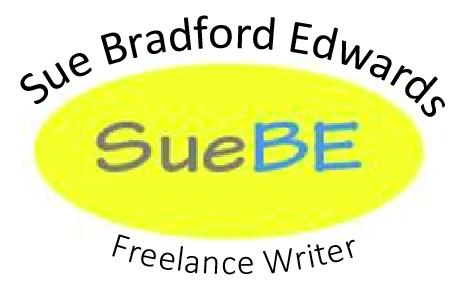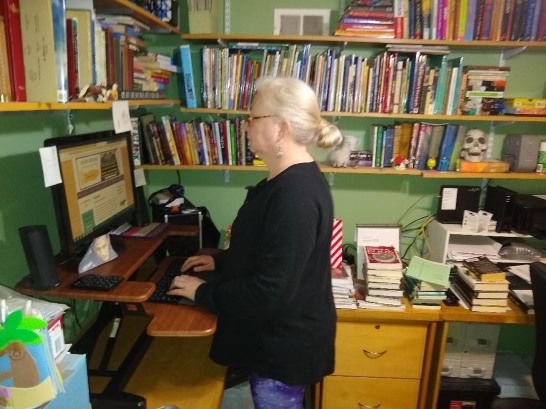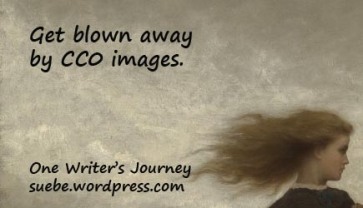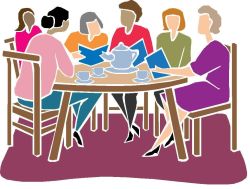 Social distancing. That awkward state where extroverts are clingy and crabby because they don’t get to go anywhere and introverts wonder when they will find time to read.
Social distancing. That awkward state where extroverts are clingy and crabby because they don’t get to go anywhere and introverts wonder when they will find time to read.
All joking aside, if you are anything like me, you are an introvert. And we introverts are REALLY good at social distancing. Maybe a little too good. So here are four tips for introverts.
- Spend Time Writing. If your kids are home from school or your spouse is home, you may be tempted to pack up your writing for the duration. But you’re a writer. Find at least a few minutes a day to write. Me? I have a deadline Friday. I have to get this done. Feeling stressed? Try writing something light and silly. No one will think any less of you!
- Spend Time Socializing. If you are sheltering in place with others, especially extroverts, make it clear. You get time to write and you will also spend time with them. My husband and I are cleaning up here in the office. But we are also watching movies that show endurance. Tonight we watched Midway. Tomorrow we are going to have to watch something a bit more upbeat.
- READ! You probably have books stashed all over your house. This is the smallest set of shelves in my office. #1 are my books. #2 are library books. #3-4 are books I’ve bought but not read. #5 are favorites and books I’ve not yet read. #6 are antiques. And, yes. This is the smallest set of shelves. Now would be a good time to read aloud as a family. I’ll suggest either When Computers Were Human or Rise of the Rocket Girls.
- Make a phone call. With the number of e-mails, texts and messages I get, I seldom call anyone. A friend and I have promised to change this and call someone every day. She’s even more introverted than I am but there are going to be people who need contact.
Is there anything I’ve missed? If so, add it in the comments below.
–SueBE

 For the next 8 weeks, schools and most churches in my area will be closed because of the coronavirus. Some employers have people working from home. More will follow. This means that lots of kids and adults are going to be at home and authors have had their school visits and book events canceled. Here’s are four things you can do.
For the next 8 weeks, schools and most churches in my area will be closed because of the coronavirus. Some employers have people working from home. More will follow. This means that lots of kids and adults are going to be at home and authors have had their school visits and book events canceled. Here’s are four things you can do. Earlier this week, I read Upright Women Wanted by Sarah Gailey. I have to admit that I assumed it was a young adult novel and the main character a teen. After all, Esther seemed like a sheltered teen floundering in the big, bad world. But then I looked at the spine. It is a library book so it should have said TEEN but it didn’t. Just the call number –
Earlier this week, I read Upright Women Wanted by Sarah Gailey. I have to admit that I assumed it was a young adult novel and the main character a teen. After all, Esther seemed like a sheltered teen floundering in the big, bad world. But then I looked at the spine. It is a library book so it should have said TEEN but it didn’t. Just the call number –
 One of my wrting buddies goes to the library to write. She lives alone but her spoiled little dog won’t let her write.
One of my wrting buddies goes to the library to write. She lives alone but her spoiled little dog won’t let her write. You probably know that March is Women’s Month but have you heard about the Bechdel-Wallace Test? It is a test to determine how “female friendly” a movie is. To pass, a movie has to have:
You probably know that March is Women’s Month but have you heard about the Bechdel-Wallace Test? It is a test to determine how “female friendly” a movie is. To pass, a movie has to have: I’m not sure how this came up the other night at book club, but one of us remembered a comedy routine about the Amityville Horror. The comedian said that if his house said “Get out!” he would leave. Right then. And it would be the world’s shortest movie. Why? Because when blood is running down the wall and a disembodied voice says “get it,” it is beyond brainless to ignore it.
I’m not sure how this came up the other night at book club, but one of us remembered a comedy routine about the Amityville Horror. The comedian said that if his house said “Get out!” he would leave. Right then. And it would be the world’s shortest movie. Why? Because when blood is running down the wall and a disembodied voice says “get it,” it is beyond brainless to ignore it.





